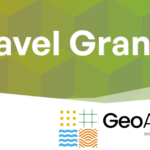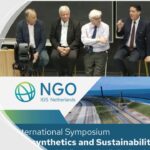Innovations in sustainable geosynthetics were discussed at IGS Morocco’s 5th Geosynthetics Meeting this month.
Six eminent keynote speakers – Jorge Zornberg, Sam Allen, Jean-Pierre Gourc, Daniele Cazzuffi, Boyd Ramsey and Kent von Maubeuge – explored the theme of ‘Geosynthetics at the service of the environment and sustainable development’ at the event in Marrakesh.
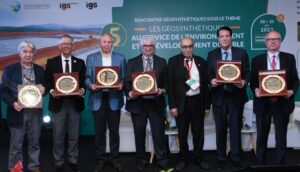
The conference on June 8-10 also included an array of product stands, three site visits, and gala dinner. The technical visits were to a highway that used a geogrid anti-fissuration solution visible during the construction phase, an agricultural water basin which used a non-woven geotextile fabric, and a water treatment facility for agricultural use, working as a settling pond.
Hamza Mridakh, a member of IGS Morocco’s senior board committee, said the theme of sustainability was an obvious choice as it was a focus for the country as a whole.
“Morocco is taking the green, sustainable choice for the energy, mining, water supply and construction sectors so we at the Moroccan Chapter level are building the sustainable way of doing things in our agenda too,” he said.
He continued: “Importantly, we had English-speaking keynotes for the first time. The participants found this experience very positive as Morocco is heading towards English-oriented collaborations for long-term relationships in the international arena for science and business development.
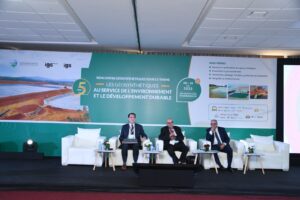
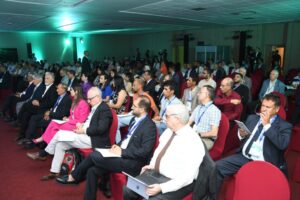
“The message from the keynotes was clear: if you use geosynthetics in a project you need to know how to select the proper material, how to install it and how to quality control it to get to a sustainable project. Boyd Ramsey had a very important impact during his keynote to link all those ideas and wrap up this conclusion.”
The day before the start of the conference, IGS Morocco held an IGS Educate the Educators (EtE) event, the first for the Chapter and North Africa region. Jorge Zornberg, Sam Allen and Boyd Ramsey delivered the course for a cross-sector group of professors and consultants. The talks introduced various aspects of geosynthetics and how they could be incorporated into undergraduate courses.
The professors were mainly from geotechnical and civil engineering, agricultural, and environmental engineering, while the consultants came from Morocco’s highway administration, geotechnical testing laboratory and JESA Group, one of the largest engineering companies in Africa.
Mr Mridakh, who is also chairman of the IGS Young Members Committee for the Africa and Middle East region, said the aim was to have a long-term education program launched in all Moroccan universities and schools of engineering. He said the consultants also expressed their interest in having a more advanced professional certified program to help them design and choose the most appropriate geosynthetics – an initiative the IGS is currently working on.
Mr Mridakh said: “The conference went very well; we had more participants (200) and sponsors (19) than expected. It was our first IGS Morocco event after Covid so everyone was excited to get back to be as active as before.
“Without the efficient and well constructed links between the Moroccan Chapter, the IGS and the IGS Young Members Committee, this event and the EtE would not have been possible to organize with such high quality presentations and discussion. My thanks to everyone involved.”
More about IGS Morocco, known locally as the Moroccan Geosynthetics Committee, can be found here.



